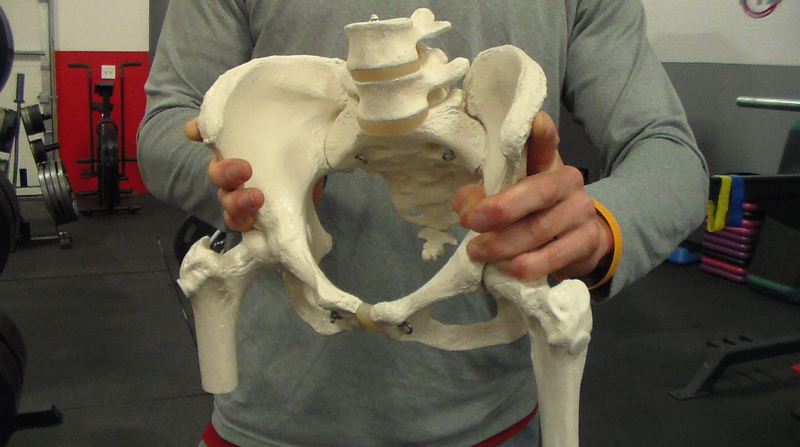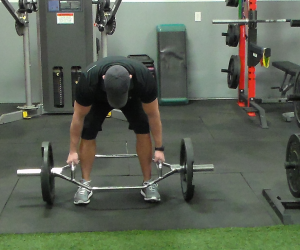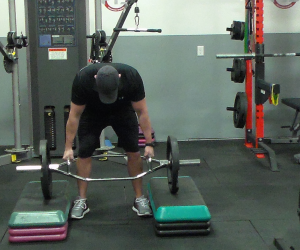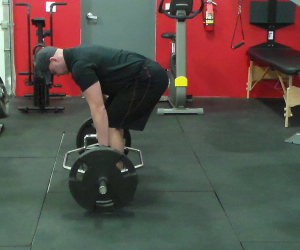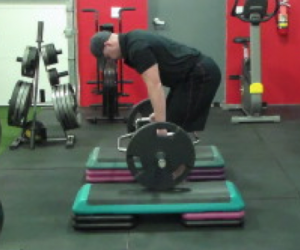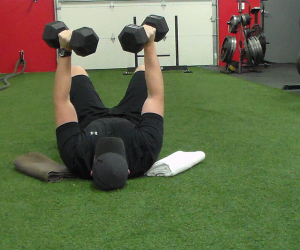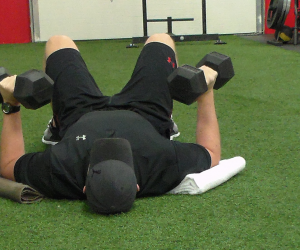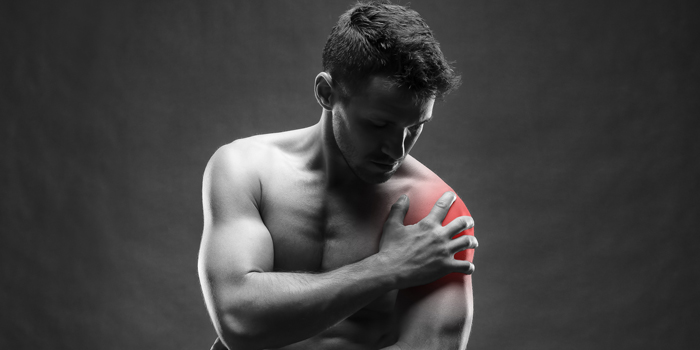
Most people have experienced pain in their life — but should it be normal to experience pain on a daily basis? Should exercise cause pain?
Most people automatically brush it off as something that is a typical part of life, but I'd say that, "no pain, no gain" is furthest from the truth. Living and exercising should not equal pain, but society has created a lifestyle in which obtaining pain is acceptable. Practicing these poor habits will lead to dysfunction and altered lifestyles. Here are two methods of reducing the likelihood of developing pain.
"Practice Makes Permanent."
1. Daily Life should not cause pain. After training with various populations, fitness levels, and injuries, you become familiar with the "go to" pain markers. Low back and shoulders are the first two that come to mind as the most common painful areas. Surprisingly, some people have consistent, routine pain without previous injury in either one of these nagging areas. Weeks turn to months and months turn to years in which the pain slowly progresses. It becomes something that is part of their daily lives. It defines them. Before you know it, the pain turns to a chronic problem that requires costs of surgery, rehab, and lost time at work. Chances are, if the onset of the problem was acutely approached, it could have impeded the chronic development.
RELATED: Motor Patterning and PRI — Finding Solutions to Hip Shift and Dysfunctional Movement
Ensuring you're in a proper position must be established to rule out the positional contributors to pain. Although we all appear to be neutral and symmetrical, we really are extended, torqued, and asymmetrical. Slight asymmetries are expected, although undesired when it turns to overuse and overcompensation. For example, most people don't have the ability to shift into their left hip, which is essential for normal gait mechanics. While walking, these asymmetries are corrected through muscular chains of compensations. Furthermore, these chains of compensations battle three to five times body weight of ground reaction force coming through a poorly centrated joint. Now, add a sub-optimal pelvic position that has to find the ground through forced compensatory patterns to avoid tripping on the floor. Still confused where the pain is coming from?
This is just one point of dysfunction that creates globally disbursed pain throughout the kinetic chain. If you are persistently in a compensatory defensive mechanism, the presence of pain should be no surprise. Utilize specific repositioning exercises by the Postural Restoration Institute, such as the 90/90 Hemi-bridge to learn how to turn off the compensatory mechanism and turn on pain free living.
"Local Dysfunction → Global Pain"
2. Exercise should not cause pain. For those that are interested in being positioned properly, don't further feed your patterns. Don't continue to damage something that's already broken. Learning how your body works and what needs to be accomplished during your workouts can save you in the long run. Modification is one word that comes to mind that is required in order to allow proper progression in the weight room. Exercises must be modified to fit your patterns, life style, and movement limitations.
RECENT: Sensory Awareness: Rotator Cuff Activation
One example that can be utilized for almost any exercise would be "raising the floor." This is appropriate for lower and upper body exercises that will help to avoid creating further dysfunction. For example, most people don't have the mobility, stability, and biomechanics to reach the floor in a traditional deadlift. The goal is to reach the floor overtime, unless the hips are biomechanically restricted, rather than bring the floor to you. Deadlifting from risers will still promote the benefits such as hip strength, hip stability, scapular stability, and core strength/stability in a proper hip hinged position.
A modification of a common upper body exercise is a supine floor press. Due to scapular and glenohumeral restrictions, some people simply cannot reach their elbows to the floor without pain or compensation. Too often, the shoulder rolls forward in the joint causing impingement and a poorly learned pattern. Although performing the exercise with the elbows neutral to the rib cage is desired, it should not be forced. A quick modification of adding a rolled towel to "raise the floor" will reinforce proper shoulder mechanics. Typically, the pain will dissipate immediately and a new neuromuscular pattern of proper glenohumeral joint mechanics can be developed.
These are just two examples of modifications that can be added to fit your biomechanical needs. Modifications can be utilized in any exercise with the goal of not feeding your patterns. Don't allow society to persuade you to follow the dysfunctional crowd. Pain should not be something that is part of your life and should definitely not carry over into the weight room. If you are experiencing pain, I encourage you to really look at areas of your life that may be the cause. If it's a constant pain, position needs to be established. If it's in the weight room, modifications may need to be added to better fit your anatomy. Help teach your body a new pain paradigm.
Brian is an up-and-coming strength and conditioning coach. He is the owner of Functional Training Studio in Charlotte, North Carolina. At a young age, Brian has been training clients for over six years and is always looking at ways to improve his technique. He utilizes positional asymmetries that exist within the body to help clients and athletes improve their function and overall performance capacity. Brian has a degree in exercise science and is a certified strength and conditioning coach through the NSCA. Additionally, he plans to continue his education in 2017 in a doctorate of physical therapy program. For additional questions, Brian can be reached at FTStudio130@gmail.com.









